The Amrapali Museum, located in Jaipur, is a treasure trove for lovers of Indian jewellery and craftsmanship. This museum offers a glimpse into the rich legacy of traditional Indian jewellery, showcasing exquisite pieces from across India’s many regions and cultures. The museum was founded by the famous Amrapali Jewels, a name synonymous with luxury and heritage jewellery in India. From antique silverware to tribal jewellery, the Amrapali Museum provides a unique experience for those interested in Indian art, history, and culture.
Location Of Amrapali Museum
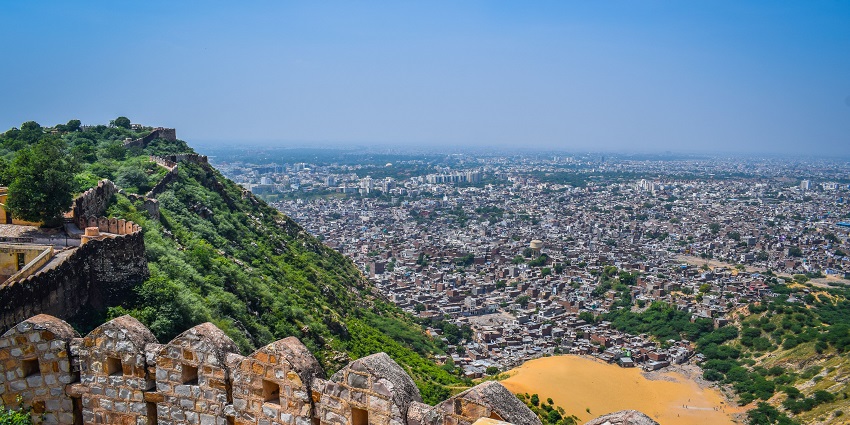
Photo: Chinmaykp25 / Wikimedia Commons
The Amrapali Museum is located in the heart of Jaipur on Ashok Nagar Road, near Panch Batti on MI Road. Its central location makes it easily accessible from all parts of Jaipur. The museum is housed in a beautifully designed building that complements its collection of traditional Indian jewellery and artefacts. This strategic location places the museum close to many other prominent tourist spots in Jaipur, adding to its appeal as a must-visit destination.
Suggested Read: Exploring Jaipur Museums
How To Reach Amrapali Museum
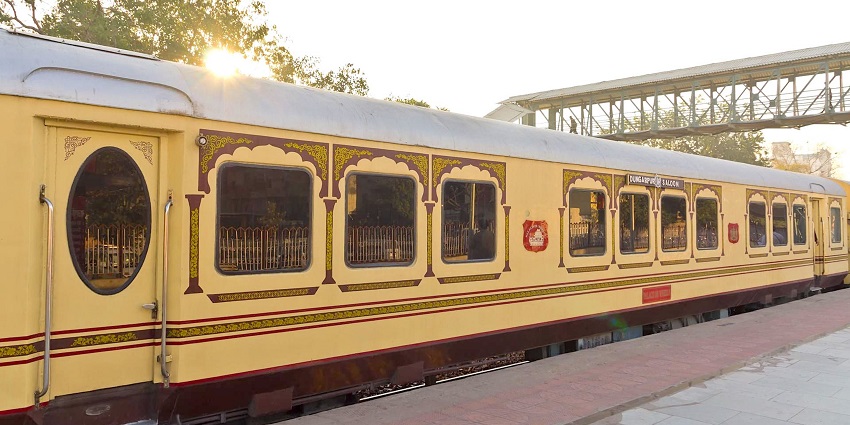
Photo: Photos Worldwide / Wikimedia Commons
By Road: Jaipur has excellent access to a wide network of highways and roads. The Amrapali Museum is just a short drive from key areas like Bani Park, Civil Lines, and the Walled City. You can take a cab, rickshaw, or even a bus from anywhere in Jaipur to reach the museum.
By Rail: The Jaipur Junction railway station is about 5 km away from the museum, making it a convenient option for travellers arriving by train. From the station, you can take an auto-rickshaw or taxi to reach the museum.
By Air: Jaipur International Airport is approximately 12 km from the museum. Visitors arriving by air can hire taxis or use ride-sharing apps to reach the Amrapali Museum in under 30 minutes.
Places To Visit In And Around Amrapali Museum
1. Hawa Mahal
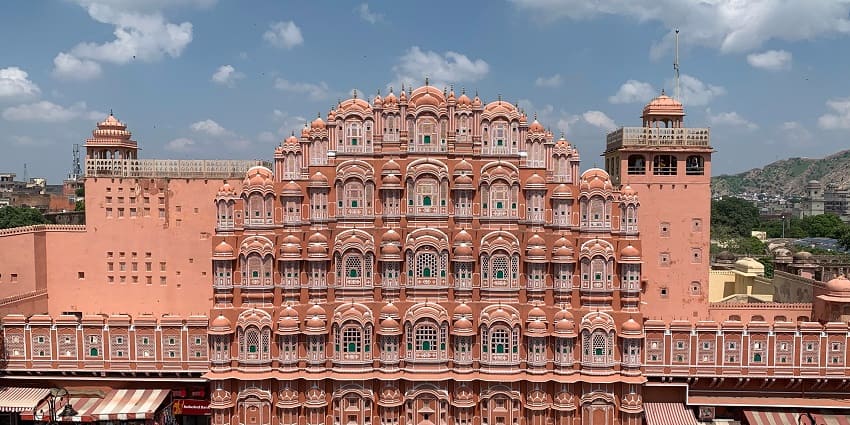
Photo: Chainwit. / Wikimedia Commons
The Hawa Mahal, also known as the “Palace of Winds,” is an architectural masterpiece built in 1799 by Maharaja Sawai Pratap Singh. Designed in the form of Lord Krishna’s crown, the palace has 953 intricately designed jharokhas (small windows) that allow cool breezes to circulate through the palace, hence the name Hawa Mahal. Its stunning red and pink sandstone façade is a sight to behold, especially when illuminated by the morning sunlight. The palace’s five floors were built to resemble a honeycomb, allowing royal women to observe everyday life and festivals from behind the windows without being seen.
Timings: 9 AM – 5 PM
Entry Fee: ₹50 for Indians, ₹200 for foreign nationals
Suggested Read: Places To Visit Near Hawa Mahal For A Refreshing Escape
2. City Palace Jaipur
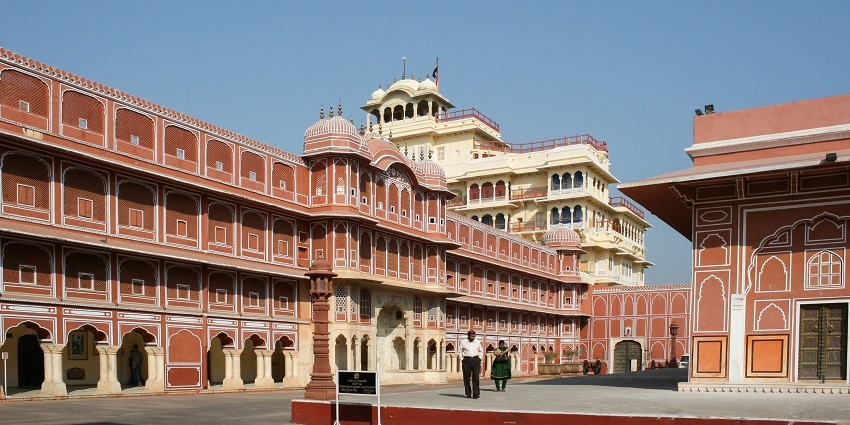
Photo: Diego Delso / Wikimedia Commons
The City Palace is an expansive complex located in the heart of Jaipur, featuring courtyards, gardens, and several buildings that house museums and art galleries. Built by Maharaja Sawai Jai Singh II, it remains the residence of the Jaipur royal family. Visitors can explore various sections, such as the Chandra Mahal, which offers panoramic views of Jaipur and houses the royal family’s private chambers. The museum in the Mubarak Mahal displays an impressive collection of royal costumes, textiles, and weapons, while the Diwan-i-Aam and Diwan-i-Khas exhibit stunning artworks and historical manuscripts.
Timings: 9:30 AM – 5 PM
Entry Fee: ₹200 for Indians, ₹700 for foreign nationals
3. Jantar Mantar
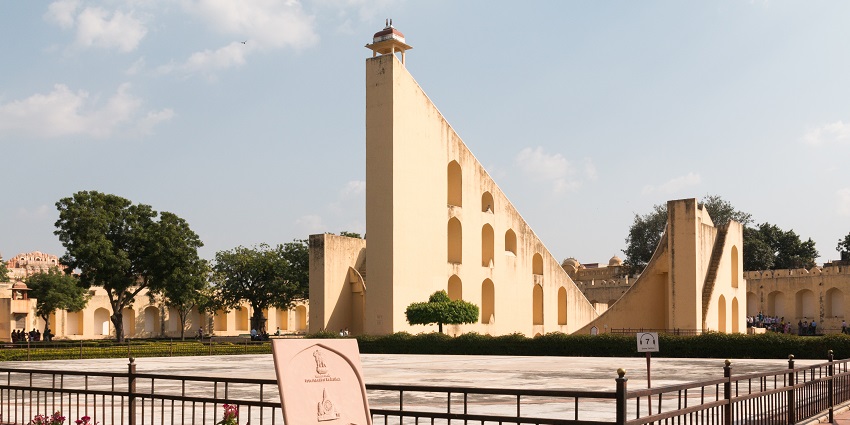
Photo: Daniel VILLAFRUELA / Wikimedia Commons
A UNESCO World Heritage site, Jantar Mantar is one of the largest astronomical observatories in the world, built in the early 18th century by Maharaja Jai Singh II. The observatory houses 19 architectural astronomical instruments, including the world’s largest stone sundial, known as the Samrat Yantra. These instruments were used to observe celestial events, measure time, and predict eclipses. Each structure has a unique function, such as calculating the declinations of planets and stars. Jantar Mantar is a must-visit for anyone interested in astronomy and science, as it highlights India’s significant advancements in the field centuries ago.
Timings: 9 AM – 4:30 PM
Entry Fee: ₹50 for Indians, ₹200 for foreign nationals
Suggested Read: Offbeat Places In Jaipur
4. Albert Hall Museum
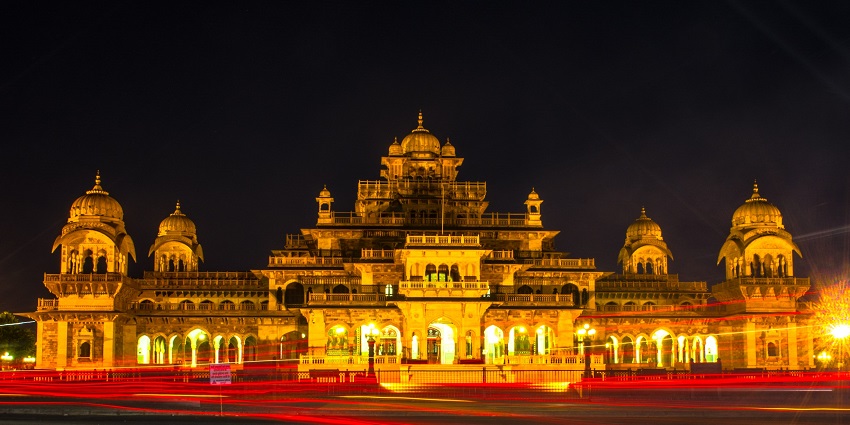
Photo: Rajesht9i / Wikimedia Commons
The Albert Hall Museum, named after Prince Albert of Britain, is the oldest museum in Rajasthan and stands as a fine example of Indo-Saracenic architecture. Located in Ram Niwas Garden, the museum was designed by Sir Samuel Swinton Jacob and opened to the public in 1887. It houses an extensive collection of art, including metal sculptures, carpets, paintings, and ivory work, as well as one of the few mummies on display in India. The museum also has a collection of Rajasthani miniature paintings and sculptures, making it an essential destination for art and history lovers.
Timings: 9 AM – 5 PM
Entry Fee: ₹40 for Indians, ₹300 for foreign nationals
5. Nahargarh Fort

Photo: Aman.arch / Wikimedia Commons
Perched on the Aravalli Hills, the Nahargarh Fort offers a panoramic view of Jaipur and the surrounding landscape. Originally built by Maharaja Sawai Jai Singh II in 1734, the fort was expanded in the 19th century and served as a retreat for the royal family. Its blend of Indian and European architectural styles is evident in the Madhavendra Bhawan, a royal palace within the fort, which was designed for the king and his queens. The fort’s charm lies in its quiet, picturesque setting, making it a popular spot for picnics and sunset viewing.
Timings: 10 AM – 10 PM
Entry Fee: ₹50 for Indians, ₹200 for foreign nationals
Suggested Read: Sheesh Mahal Nahargarh Fort
Where To Stay
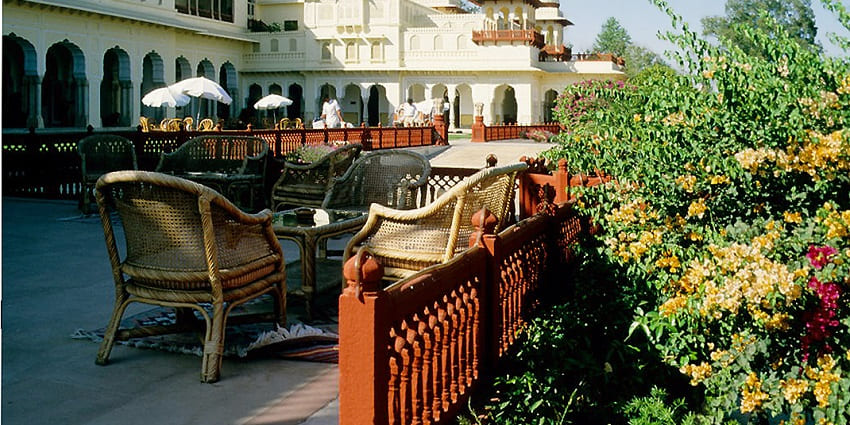
Photo: LBM1948 / Wikimedia Commons
Jaipur offers a wide range of accommodation options, from luxury hotels to budget guesthouses. If you prefer staying close to the Amrapali Museum, there are several boutique hotels and heritage properties in the MI Road and C Scheme areas, offering a perfect blend of modern comfort and traditional charm.
Where To Eat
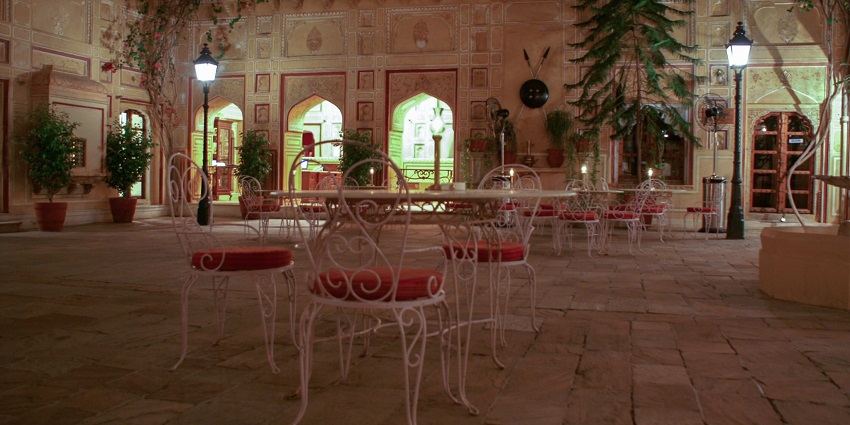
Photo: Walter Schärer / Wikimedia Commons / Image For Representation Only
Visitors to the Amrapali Museum can find numerous dining options in and around MI Road. From street food stalls offering Rajasthani snacks to fine dining restaurants serving multi-cuisine delicacies, there’s something for every taste and budget. Popular spots like LMB (Laxmi Misthan Bhandar) and Spice Court offer a delicious Rajasthani thali.
Suggested Read: Best Food In Jaipur
Best Time To Visit
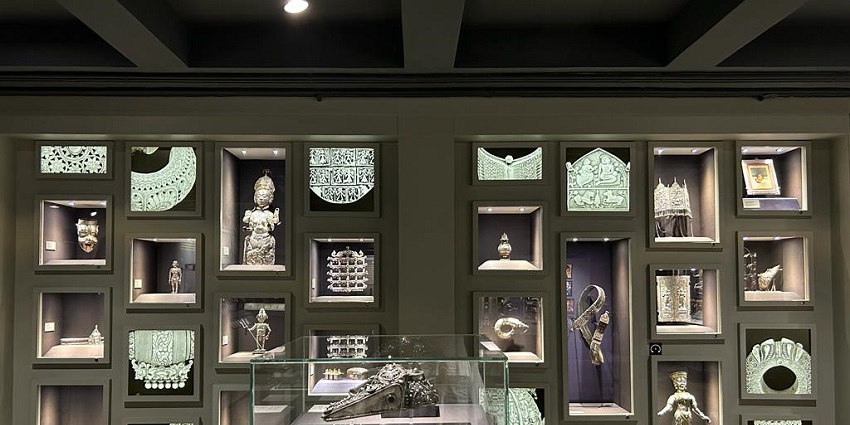
Photo: Neek-Theri / Wikimedia Commons
The best time to visit Amrapali Museum is between October and March when the weather is cooler and more conducive to sightseeing. During these months, visitors can comfortably explore both indoor and outdoor attractions in the city.
Other Factors To Consider
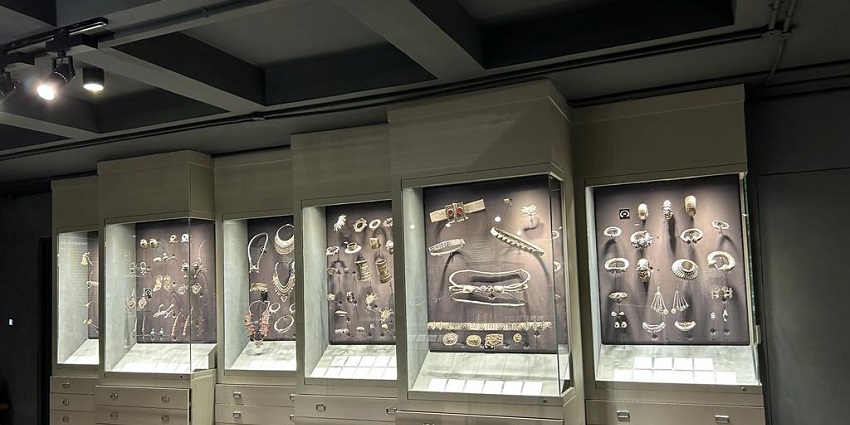
Photo: Neek-Theri / Wikimedia Commons
Average Trip cost to Amrapali Museum can cost between ₹2,000 to ₹4,000 per person per day, depending on accommodation and dining preferences.
Travel Tips:
- With so many nearby attractions, set aside a day to fully enjoy the Amrapali Museum and its surroundings.
- Jaipur can get quite sunny, even in cooler months, so protect yourself from the heat.
- Jaipur is known for its rich cultural heritage. Be mindful of local customs, especially in religious or traditional sites.
Suggested Read: Places To Visit In Jaipur
Amrapali Museum is a must-visit for anyone interested in Indian jewellery and craftsmanship. It offers not just a visual treat but also a deep dive into the history and culture of Indian artisans. Its central location and proximity to other famous landmarks in Jaipur make it a convenient and enriching stop for travellers. Plan your trip with TripXL today and experience the beauty of Amrapali Museum.
Cover Photo: Saiko3p / Shutterstock / Image For Representation Only


 WhatsApp
WhatsApp
 Twitter
Twitter









